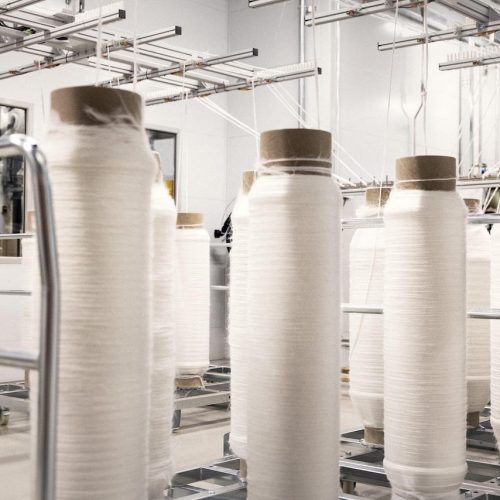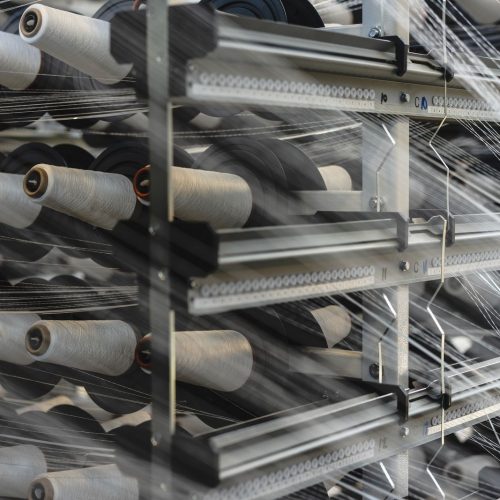Real Fur vs. Faux Fur: The Never Ending Debate
Many fashion sources have reported ‘two evils’ when it comes to real fur or faux fur. That’s because faux fur is made from synthetic materials. We thought we’d look into these claims because, yes, we all know that synthetics should not have such a prominent place in the fashion industry, but when it comes to fur, is faux fur really causing that much damage? We’re here to settle the debate!
The Independent, Huffington Post, Teen Vogue and The Overtake have all debated which is better—real or faux fur? These articles have cited such claims as, “Faux Fur Is Made Of Plastic, And It's Not Helping The Environment” and “Fur kills animals, faux fur kills the environment.” The answer lies in its resources, footprint to access resources and post-use. Keep scrolling.
WHICH IS BETTER FOR THE ENVIRONMENT: REAL OR FAUX?
So, what is faux fur made out of? We investigated the blends used by different luxury designers in the outer composition of their faux fur coats listed on Farfetch, we focused on three brands notorious for their faux fur creations; Apparis, La Seine and Moi and Shrimps. To summarise, Apparis consists of 100% polyester, with sometimes a 20% acrylic blend, La Seine and Moi is a blend of 68% acrylic, 17% modacrylic and 15% polyester, whilst Shrimps is composed of 90% modacrylic and 10% polyester. The formula is the same each time; a blend of synthetic materials. The two most notable are the two forms of acrylic (acrylic and modacrylic) and polyester, both of these materials take a lot of energy and resources to create, can cause toxic fibres to be released when washed and are not biodegradable.
Many believe that yes, real fur harms animals but because it’s a ‘natural’ material it’s better for the environment than synthetic alternatives. HuffPost spoke to Mark Oaten, CEO of the International Fur Federation and quoted him stating that he didn’t understand “how it’s possible for a chemical-based product [faux fur] to be more sustainable than a natural-based product.” However, let’s compare the production of real fur to faux fur; in 2010 the independent research and consultancy organisation, CE Delft, did done just that with a comparison conducted into the production of 1kg of mink fur with 1kg of it’s faux counterpart. They found that “compared with textiles [wool, polyester, polyacrylfabric and cotton] fur has a higher impact per kg in 17 of the 18 environmental categories, including climate change, eutrophication and toxic emissions. In many cases, fur has impacts that are a factor 2 to 28 higher than textiles, even when lower-bound values are taken for various links in the production chain.” The report detailed that mink fur’s high environmental impact “is due both to the feed and to the N2O emissions from the mink manure.” It is interesting that the main argument for choosing real fur is that it is a ‘natural’ material, however, it is it’s natural origins which give it such a high environmental impact. Just because something is ‘natural’ doesn’t make it better, the scale on which these fur factory farms operate on is completely unsustainable.
It seems, we’re not choosing between two evils but rather one evil and another, significantly less, evil. The excuse that, ‘although it harms animals real fur is better for the environment’, just isn’t true.
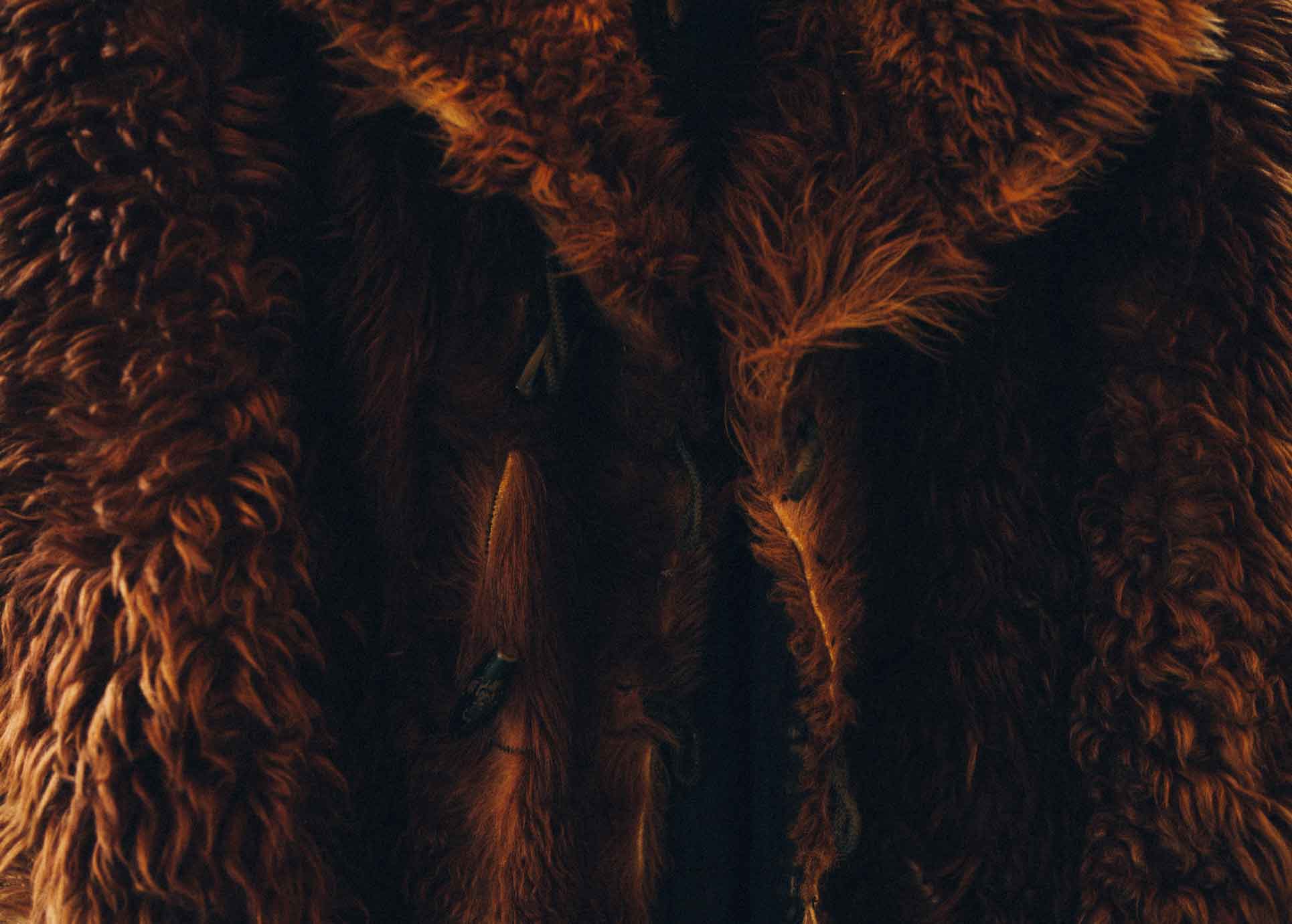

BIO-BASED FUR
Faux fur can be seen as a transitional material—it stop harm to animals, yet it still promotes the use of harmful materials, so, it does improve things but, there is still work to be done to find a truly sustainable fur. That work comes in the form of the French faux fur artisan company, Ecopel, whose mission is to create faux fur based on plants and not plastic. Their latest creation, in partnership with DuPont Biomaterials, KOBA, is the first bio-based faux fur coat. This coat was debuted by model, Natalia Vodianova in Stella McCartney’s Summer 2020 show and won the Innovation Award at the PETA Fashion Awards in 2019. It’s created with recycled polyester and up to 100% Sorona® polymer homofilament fiber, with 37% plant-based Sorona material this coat uses 30% less energy and produces 63% less greenhouse gas than synthetics. Also, it can be recycled! In a statement, Renee Henze, Global Marketing Director at DuPont Biomaterials, said that “with KOBA faux fur, we expect to see the use of bio-based materials gain even greater use and acceptance in the textile and fashion industry.”
Other brands have started following in Ecopel’s footstep including, House of Fluff, a New York based brand which make cruelty-free, high-fashion products. In November 2020 they debuted their bio-based fur collection, BIOFUR; each piece is made from plants, recycled textiles or have been treated with an additive to help synthetic fibres decompose. Whilst, London fashion designer, Katharine Hamnett, has partnered with Steiff Schulte to produced what they also call Bio-Fur, created using sheared mohair from angora goats, just like wool from sheep, which is then attached to a 100% GOTS certified organic cotton backing fabric. They have created this specifically to find an alternative which mean no harm to animals but is also biodegradable.
We were searching for an alternative to animal-based fur and now we’re searching for an alternative to synthetics. However, we believe that in a few years these bio-based materials will be the new normal for faux fur in the luxury sphere. The rise in awareness for animal welfare caused a shift in the fashion industry that involved banning animal-based material, so, we’re hoping the rise in environmental awareness will cause another shift, this time, away from synthetics.
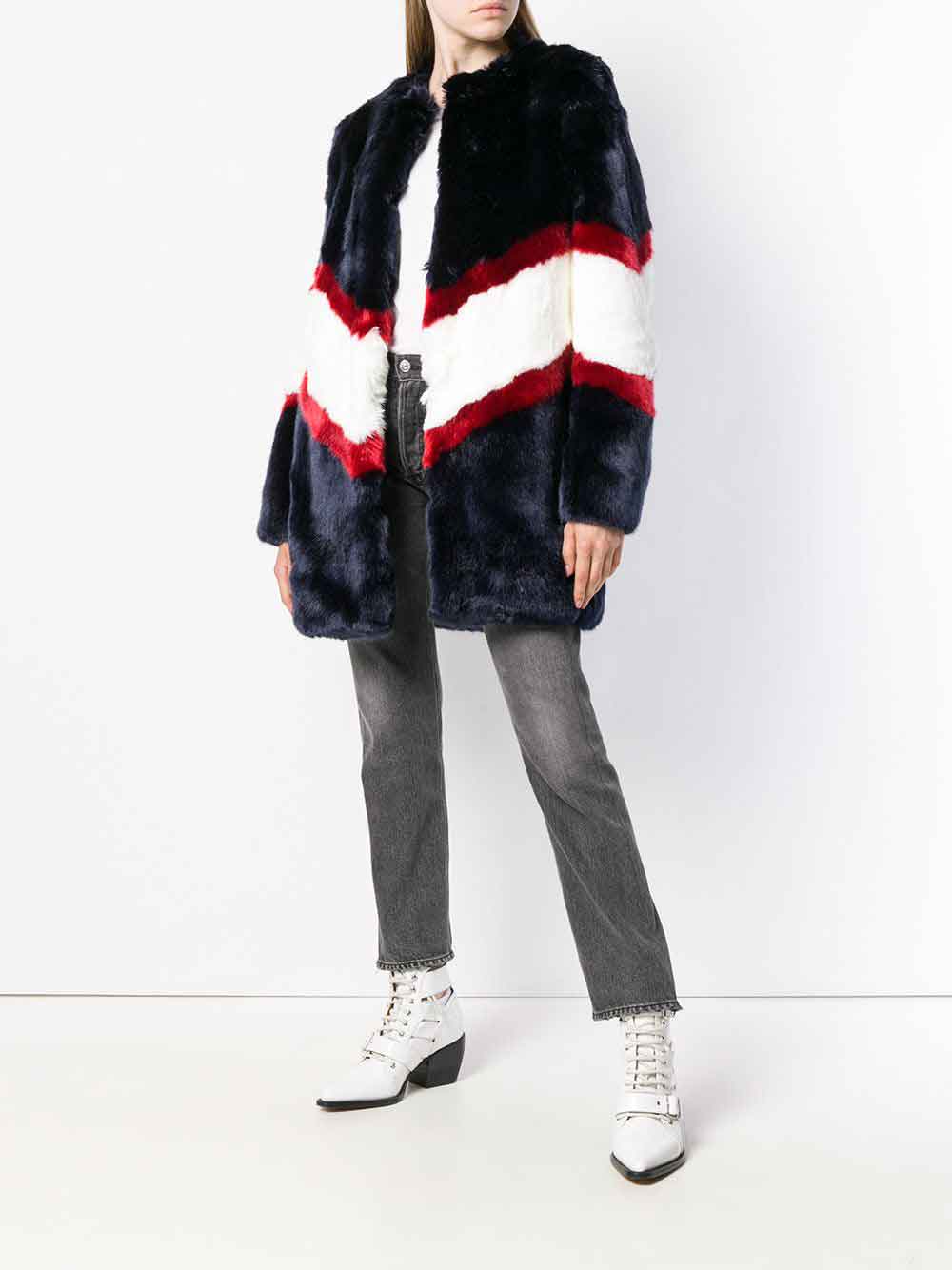
© La Seine & Moi
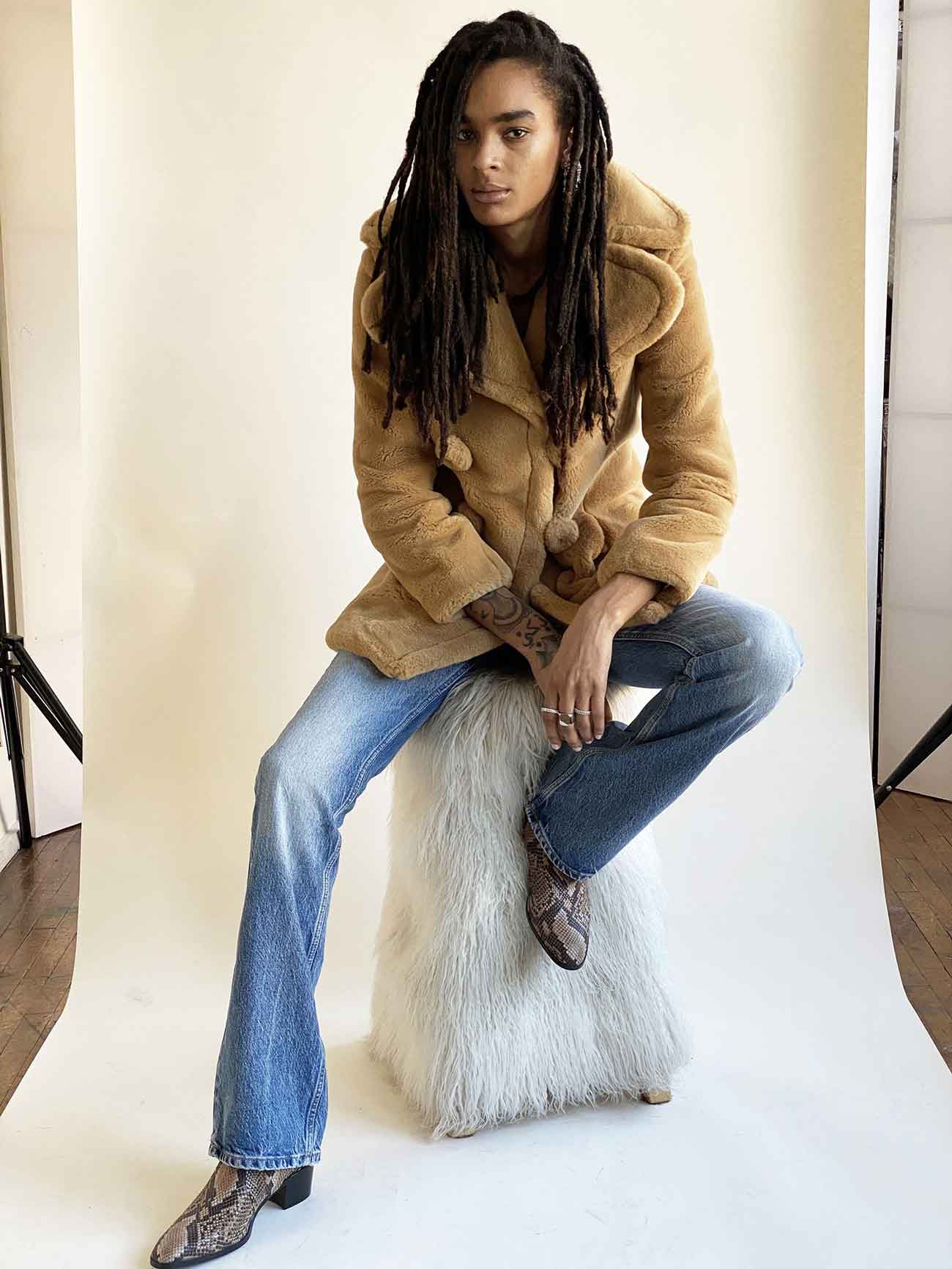
© House of Fluff
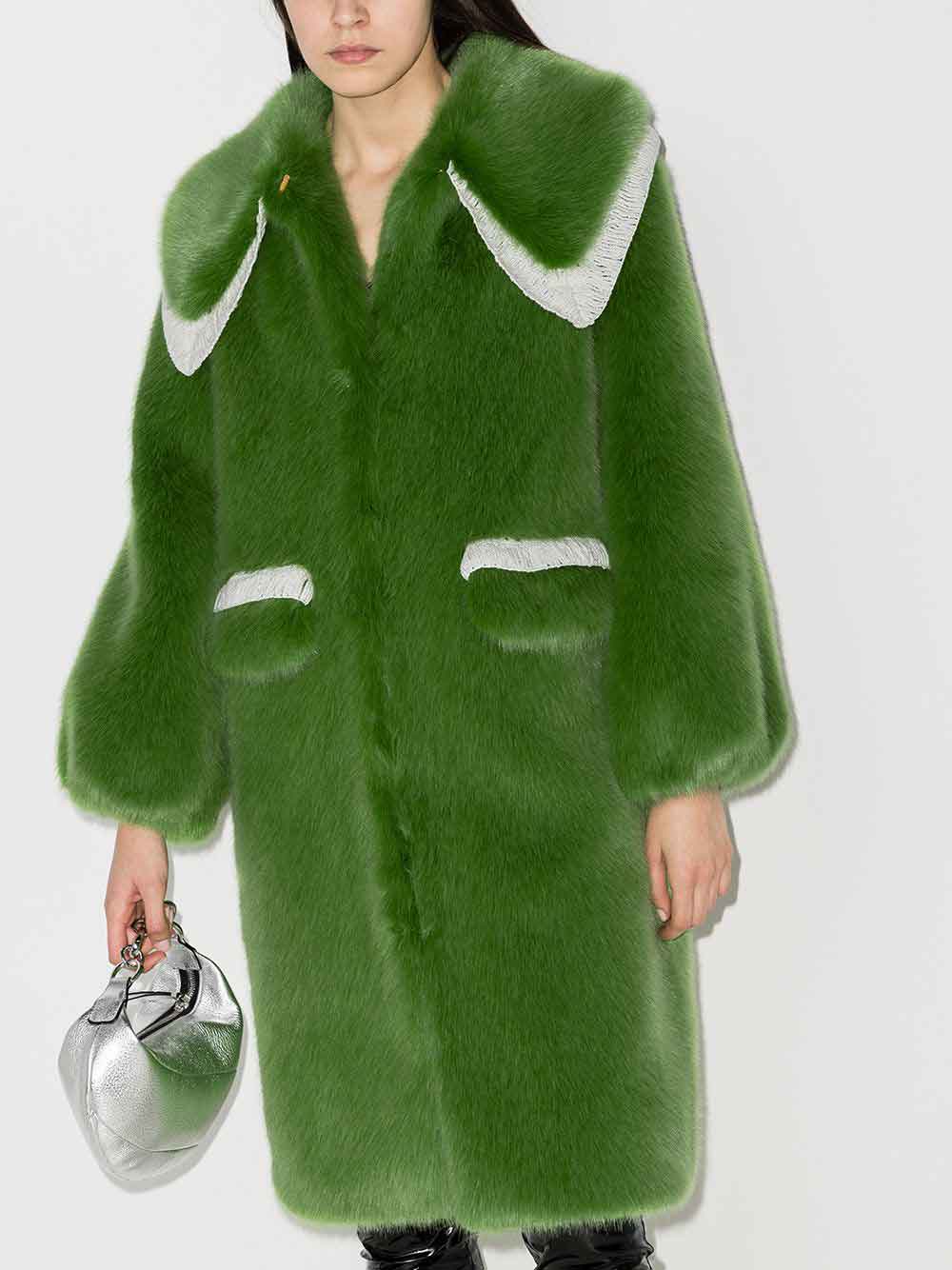
© Shrimps
ARE SYNTHETICS REALLY A PROBLEM WHEN IT COMES TO FAUX FUR?
It’s very easy to see ‘polyester’ or ‘acrylic’ and immediately conclude that it must be bad, however, are we taking out our frustrations with synthetics, unjustly, on faux fur? The faux fur market is a very niche market, it makes up less than 0,1 % of the 80 billions garments produced every year. It isn’t biodegradable but the attitude towards faux fur items is very different than to other garments; it’s an investment piece which doesn’t go out of style, so is unlikely to end up in landfills. Also, usually a faux fur coat is only washed once a year, unlike normal garments which might be washed every week. All of these factors show that whilst faux fur might be synthetic, it is a very specific garment which is suited to the use of synthetic materials.
As we previously said, synthetic materials can be seen as a transitional material; even the first bio-based faux fur coat has a percentage of recycled polyester in it. It’s use in faux fur is not the same as when synthetics are used for any and all manner of clothing such as t-shirts, trousers, jackets and bags; there are many materials available to create a t-shirt, all of them more sustainable than polyester. However, with faux fur it’s a very specific process of trying to replicate something. It has us thinking, perhaps there could be certain rules introduced on how synthetics should be used in the future, for example, only as an alternative material and only as an alternative which is proved to be more sustainable. Perhaps synthetics could offer a use in our society, we just have to be very strict and specific with what that use might be.

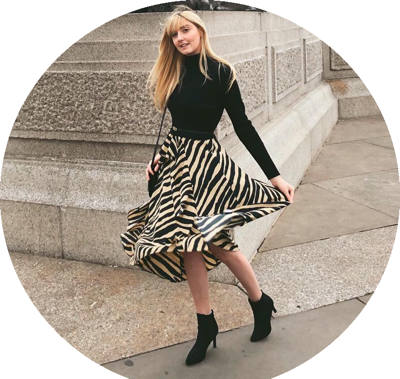
+ Words: Caroline Louise Hamar, Luxiders Contributor

